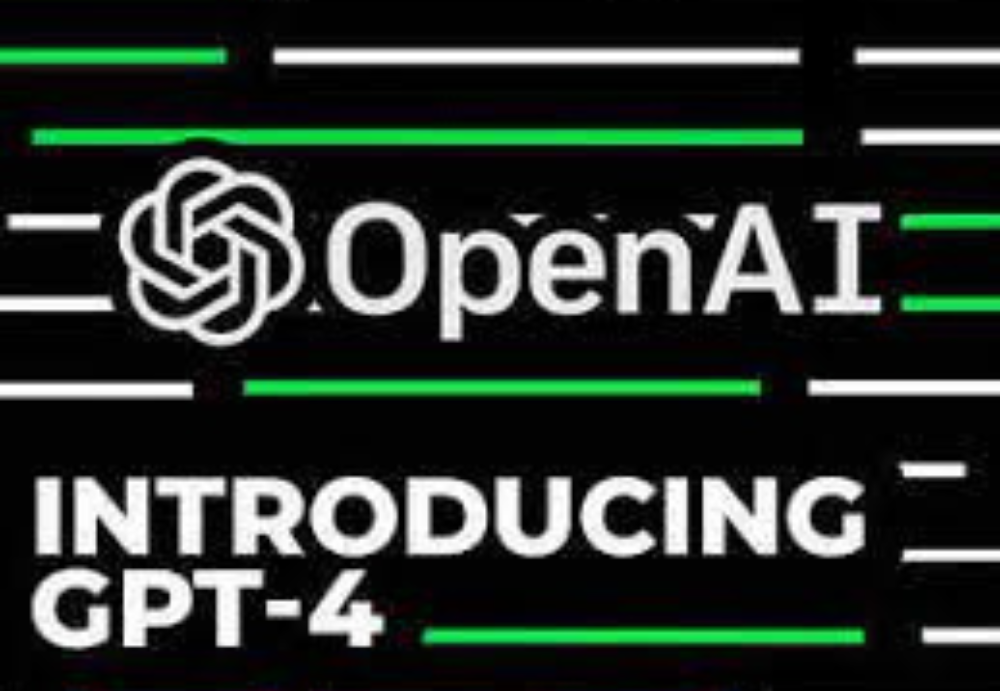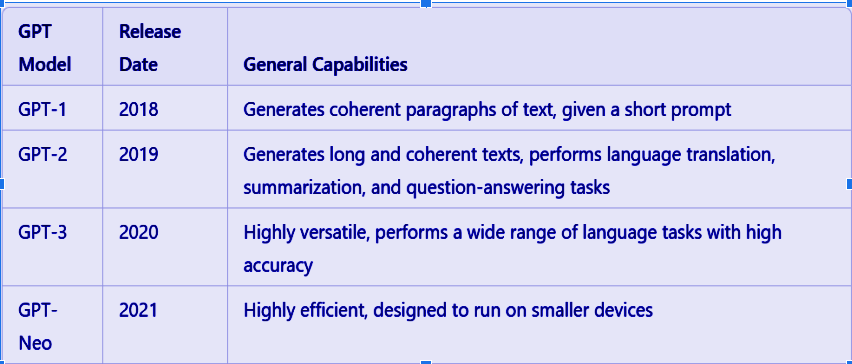
evalmyBRAND | Social Listening Blog Post

OpenAI, a Microsoft Corp-backed startup, developed the GPT (Generative Pre-trained Transformer) models, a family of large-scale artificial neural network language models designed to generate natural language text. These models are pre-trained on massive amounts of text data using unsupervised learning and can be fine-tuned for specific NLP tasks, making them adaptable for a wide range of use cases.
GPT models have become highly valued in NLP due to their ability to perform state-of-the-art tasks, such as language translation, text summarization, and question-answering. Moreover, their versatility makes them applicable in various industries, including customer service, content creation, and chatbots. Social listening platforms as well use AI (Artificial Intelligence) and machine learning to analyse vast amounts of data from social media and other online sources to provide insights on brand analysis. Chat GPT Plus and social listening platforms are complementary tools that can work together to provide businesses with a more comprehensive understanding of their customers and the conversations that are happening online.
In this blog, we will explore the features and limitations of chat gpt plus as well as how it can enhance social listening platforms to derive various brand insights.
GPT-4 is “multimodal,” implying that it can produce content by using both image and text prompts. On March 13, OpenAI announced the release of GPT-4, their next-generation large language model, which serves as the technical foundation for ChatGPT and Microsoft’s Bing AI chatbots. This release marks a significant upgrade, potentially paving the way for significant advancements in the capabilities and features of current AI technology.
Here is a chart that shows the general capabilities of the all the GPT models by OpenAI, along with their release date:

OpenAI has announced that GPT-4 can now accept images as inputs and generate captions, classifications, and analyses, enabling ChatGPT and Bing to interpret visual results similar to image search. This new development means that GPT-4 can “see” the world around it and provide visual explanations for applications like Be My Eyes, a tool designed for those with visual impairments.
In a recent video aimed at developers, Greg Brockman, president, and cofounder of OpenAI, demonstrated how GPT-4 can interpret a sketch, convert it into a website, and provide the necessary code for the site.
OpenAI has stated that GPT-4 can handle more than 25,000 words of text, making it suitable for long-form content creation, extended conversations, and document search and analysis. This development has raised concerns among Kindle self-publishing moderators since ChatGPT’s output is expected to become more comprehensive and creative than ever with GPT-4. OpenAI has claimed that GPT-4 is more creative and collaborative than its predecessors, allowing it to generate, edit, and iterate with users on technical and creative writing tasks. Additionally, GPT -4’s ability to process more web pages directly into the prompt offers a significant advantage over GPT-3, which was trained until 2021. GPT-4 and ChatGPT can better understand the internet by providing more context, making it even more efficient and up-to-date.
Large language models do not inherently exhibit intelligence. However, their understanding of word relationships and context is becoming increasingly sophisticated, as evidenced by the new GPT-4 model.

OpenAI downloaded sample student tests. Compared to GPT-3.5, this is how it performed.
For instance, GPT-4 significantly outperformed its predecessor, ChatGPT, on standardised tests such as the uniform bar exam and Biology Olympiad. Moreover, Duolingo employs GPT-4 to enhance its contextual comprehension and suggest appropriate language usage.
GPT-4 is safer and more aligned. It is 82% less likely to respond to requests for disallowed content and 40% more likely to produce accurate responses than GPT-3.5 on our internal evaluations.

Despite its impressive capabilities, GPT-4 still has certain limitations similar to its earlier versions.
One of the significant limitations is its unreliability, as it tends to “hallucinate” facts and make reasoning errors. Therefore, caution should be exercised when using its outputs, particularly in critical contexts. Depending on the application, specific protocols such as human review, grounding with additional context, or avoiding high-stakes uses altogether may need to be followed.
Moreover, GPT -4’s pre-training data cuts off at September 2021, so it generally lacks knowledge of events after that time. It may also sometimes make simple reasoning errors or be too gullible in accepting false statements from users. It can also fail at challenging problems, much like humans, and may introduce security vulnerabilities in the code it produces.
GPT-4 can also make confident predictions that are wrong without double-checking its work. Furthermore, the model has certain biases in its outputs, and while OpenAI is taking measures to address them, it may take time to manage and characterise them fully.
On top of these points, GPT-4 technology can always complement social listening but it cannot replace it. Let us consider a few points where chat GPT is limited compared to a unique social listening platform.
While ChatGPT Plus is highly effective at sentiment analysis of natural language text, a social listening platform, evalmyBRAND, is better suited for analyzing large volumes of data from multiple sources to provide a more comprehensive view of overall brand sentiment and customer behavior.
When incorporating GPT into a social listening platform, there are five crucial factors for success that should be taken into account.
Incorporating all the above points, businesses can take quick and accurate business actions and stay ahead of the competition with features like:
In summary, evalmyBRAND can offer several advantages over ChatGPT Plus for sentiment analysis, including the ability to monitor and analyse large volumes of data from multiple sources, provide customizable metrics and demographic insights, conduct competitive analysis, incorporate machine learning algorithms, and provide real-time alerts.

In addition to helping reduce the customer-company gap, evalmyBRAND can also assist with brand insights and product reviews, which can improve engagement and loyalty among customers.
Sentiment Analysis
One of the key applications of AI technology in social listening is sentiment analysis. AI algorithms can quickly classify mentions into positive, negative, or neutral sentiments, providing a comprehensive understanding of how people are feeling about a particular topic.
Real-time insights
With the ability to process massive amounts of data in real-time, AI technology has made social listening to an essential tool for businesses to gain a competitive edge and stay connected with their customers.
Identify influencers
Identify influencers and advocates. Listening to social conversations about your industry will give you a sense of who the important influencers are. These are important people to connect with. As the term implies, they can have a huge influence on how their followers and fans feel about you—or your competitors.
In conclusion, AI-powered social listening can be leveraged to gain actionable insights to improve customer engagement and the all-around customer experience across social media channels by analyzing and understanding your customers better. Additionally, it has the ability to analyse market competitiveness, understand consumer sentiment, and reach data-driven business decisions.

Amplify Your Product Brand’s Success on Instagram with Social Listening and evalmyBRAND Amplify Your Product Brand’s Success on Instagram with Social Listening and evalmyBRAND Amplify

The Power of Social Listening: Unveiling the Secrets to a Successful Content Strategy Facebook Twitter LinkedIn Crafting an effective content strategy is paramount in today’s

8 Effective Methods for Market Research Using Social Listening Facebook Twitter LinkedIn In the ever-evolving digital world, businesses now have vast access to customer data